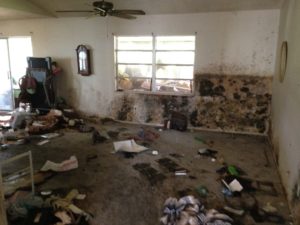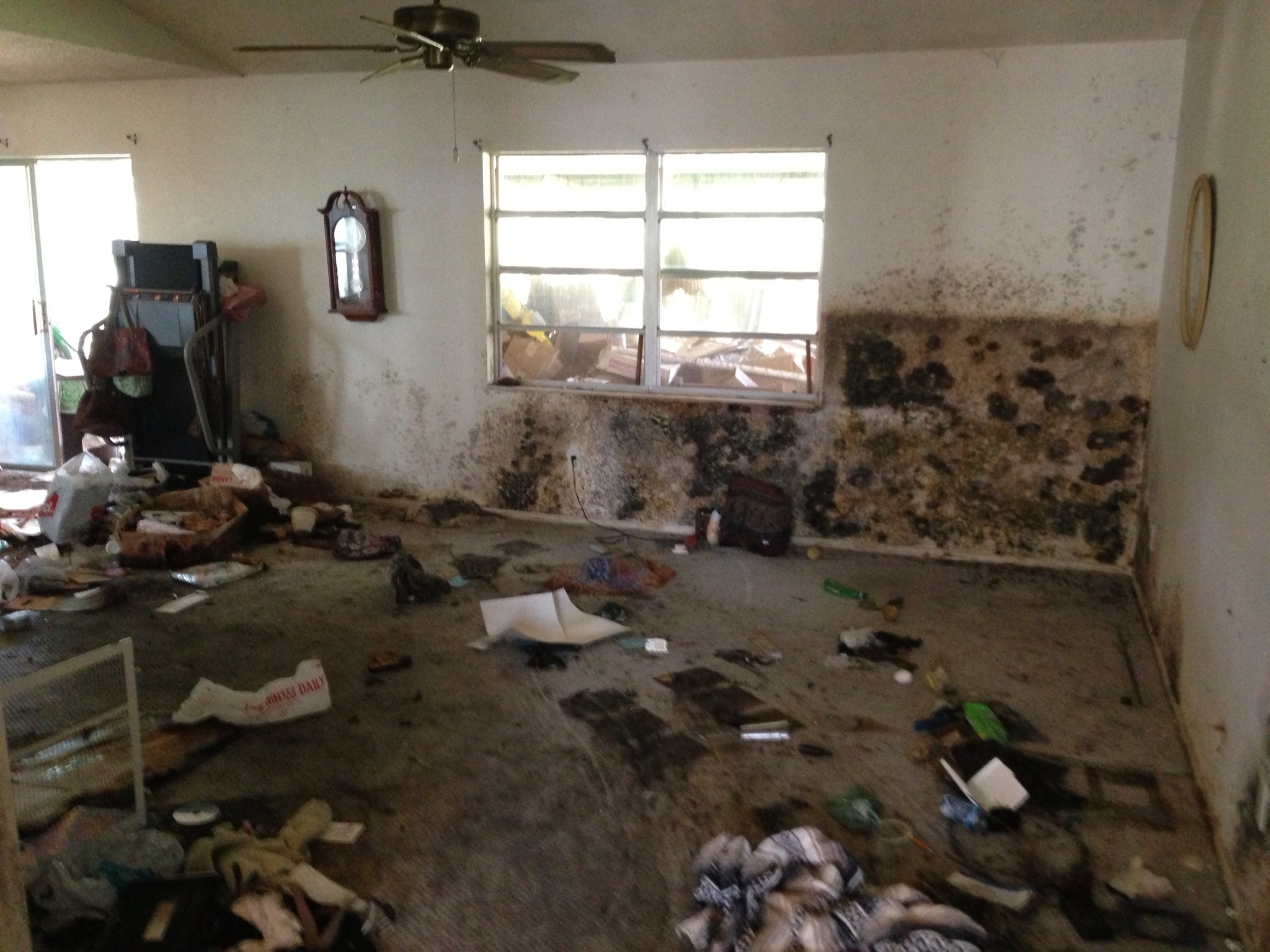 Mold is every homeowner’s nightmare. One day there’s nothing there, and all of a sudden your basement wall is covered in black spots. While most of us know that mold tends to grow in moist, warm, and poorly lit places, many don’t understand how a mold infestation actually gets started.
Mold is every homeowner’s nightmare. One day there’s nothing there, and all of a sudden your basement wall is covered in black spots. While most of us know that mold tends to grow in moist, warm, and poorly lit places, many don’t understand how a mold infestation actually gets started.
By understanding how a mold infestation starts, you’ll be better able to prevent one from sprouting up in your home in the future.
How does a mold infestation start?
Mold is a type of fungus that spreads and grows by emitting spores that travel through the air, landing on new surfaces. Mold spores are constantly in the air around us, both indoors and outdoors. What prevents mold from growing everywhere? Well, mold needs very specific conditions in which to grow. It thrives in warm, humid, dark conditions. It also grows well on porours surfaces such as wood, paper, and drywall — because in addition to the right atmospheric conditions, mold needs something (like old wallpaper) to sustain itself.
While mold will only expand in these conditions, mold spores are very resilient and can survive for a long time, even in conditions that are not favorable for growth. Oftentimes mold spores will float through the air until they come in contact with a surface that is moist and suitable for growth where an infestation will begin.
How to prevent mold infestations?
As mold spores are present in the air everywhere, there is no way to eradicate them completely from your home. It’s also not desirable to eradicate 100% of mold spores, since they’re a valuable part of the eco system.
In terms of keeping mold spores at safe and normal levels, an air filtration system and regular vacuuming may help — but at the end of the day, the only way to prevent mold for good is to ensure that conditions aren’t met for mold to grow.
The most important factor here is to make sure there are no sources of moisture in your home where there shouldn’t be. Leaky pipes or poorly functioning gutters can lead to dampness in your home that invites mold infestations to form and spread. Keep an eye out for any such moisture and take care of the problem immediately. If your carpeting or furniture gets wet due to flooding or a broken pipe, make sure to dry it completely or replace it altogether.
Finally, make sure you have adequate ventilation in your home. On common area of mold growth is in poorly ventilated bathrooms where you should always have an exhaust fan. Attics also tend to collect moist, warm air and need proper ventilation.
Finding a Reliable Mold Removal Specialist
If you have (or suspect you have) a mold infestation in your home, your best chance of tackling it safely is to hire a specialist. While some infestations are small and can be cleaned up fairly easily, there’s usually more than meets the eye when it comes to mold. A specialist will be able to identify the true extent of the mold colony in your home, and make sure the problem is dealt with correctly and to the highest professional standard. Additionally, a mold removal specialist will be able to provide valuable insight on mold prevention to help keep your free of mold into the future.

